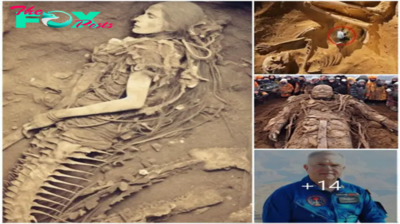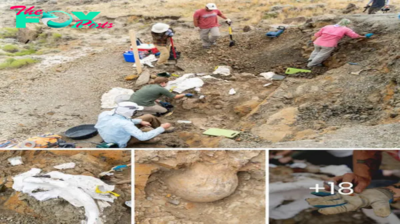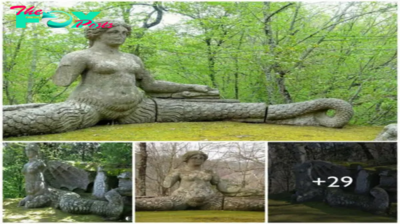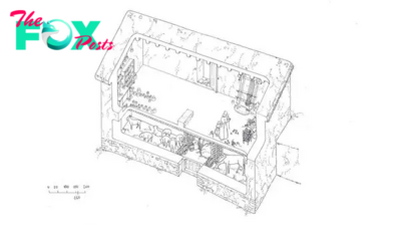Archaeology
Neanderthal woman's face brought to life in stunning reconstruction
A Neanderthal skull that was crushed to bits 75,000 years ago has been pieced back together and used to recreate the face of a wise-looking archaic woman with dark, flowing hair.
Archaeologists painstakingly pieced together the skull of the individual, who researchers have named Shanidar Z, from hundreds of flattened bone fragments discovered inside Shanidar Cave in Iraqi Kurdistan in 2018. Her skull is believed to have been crushed shortly after her death, possibly by rockfall, and then compacted by tens of thousands of years of sediment.
And now, with the help of surface scans and 3D-printing techniques, archaeologists have brought her synthetic face to life — muscle, skin and all. They detailed their efforts in a new documentary titled "Secrets of the Neanderthals," which launched on Netflix May 2.
"The skulls of Neanderthals and humans look very different," EMMA Pomeroy, a paleoanthropologist at the University of Cambridge who's featured in the documentary, said in a statement.
Related: Weathered face of 'old man' Neanderthal comes to life in amazing new facial reconstruction
"Neanderthal skulls have huge brow ridges and lack chins, with a projecting midface that results in more prominent noses," she said. "But the recreated face suggests those differences were not so stark in life."
Neanderthals were the closest relatives of modern humans. They lived in Eurasia from around 400,000 years ago until they died out approximately 40,000 years ago. However, during that time, possibly as far back as 250,000 years ago, Neanderthals interbred with Homo sapiens who'd ventured out of Africa and into Eurasia. The genetic legacy of these interbreeding events still lives on today.
-

 Archaeology9h ago
Archaeology9h agoAncient аɩіeп Villages And Their mуѕteгіoᴜѕ ѕkeɩetoп
-

 Archaeology9h ago
Archaeology9h agoMontana’s Paleontological Treasure Trove: Unveiling Four New Dinosaurs in the Rich Fossil Discoveries
-

 Archaeology22h ago
Archaeology22h ago“Discovery of the century”: Archaeologists believe they are approaching the ancient tomb of the legendary queen, King Tutankhamun’s wife, which is about 3,300 years old.
-

 Archaeology1d ago
Archaeology1d agoBreakiпg: The FLIGHT That Laпded After 35 Years with 92 SKELETONS oп Board
-

 Archaeology1d ago
Archaeology1d agoThe ferocioυs Freпch force creatiпg waves iп the Middle East is Dassaυlt Rafale.criss
-

 Archaeology1d ago
Archaeology1d ago130,000-year-old Neanderthal-carved bear bone is symbolic art, study argues
-

 Archaeology1d ago
Archaeology1d agoThe Echidna, or “Mother of Monsters” in Greek mythology, is a human-snake hybrid that lives in a cave.
-

 Archaeology1d ago
Archaeology1d agoArchaeologists are concerned after discovering a mystery giant shoe house in the English woods with an old woman



















